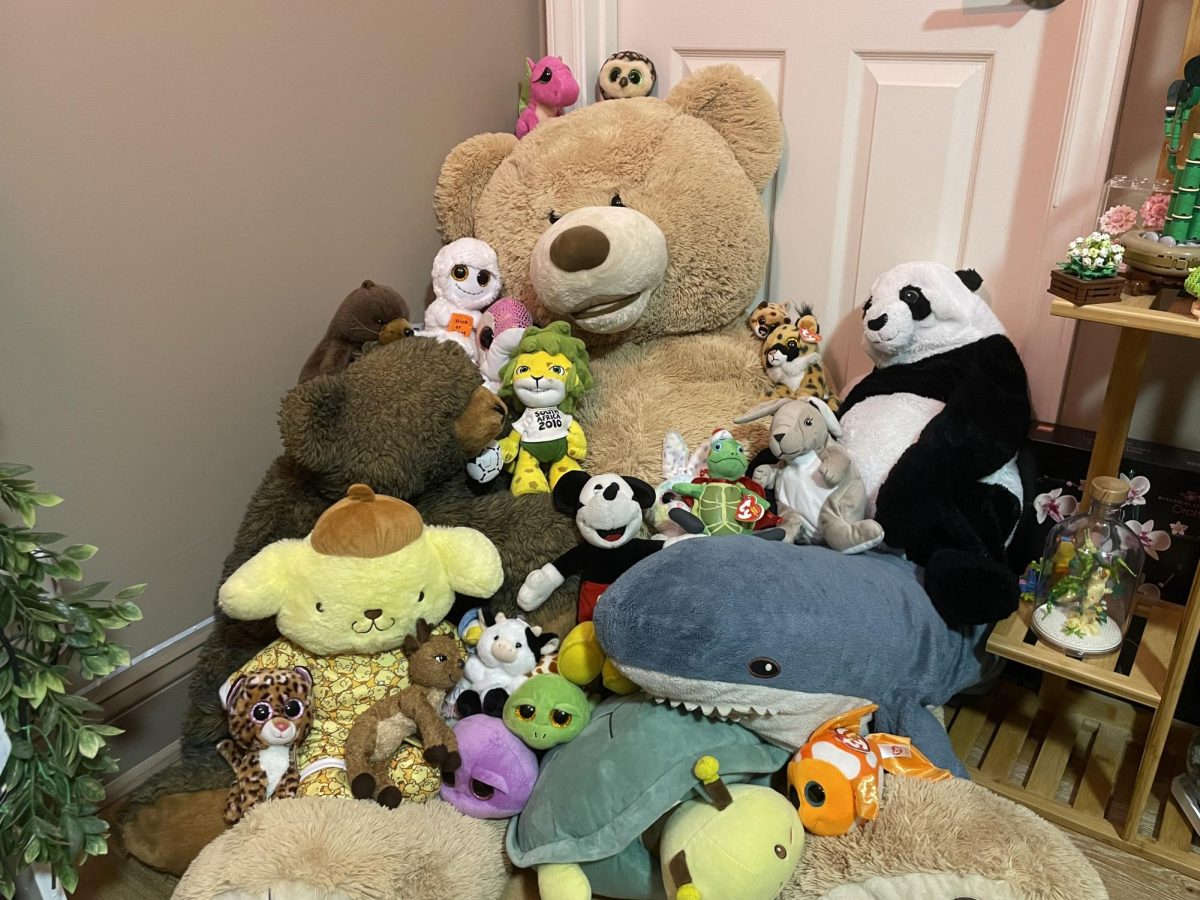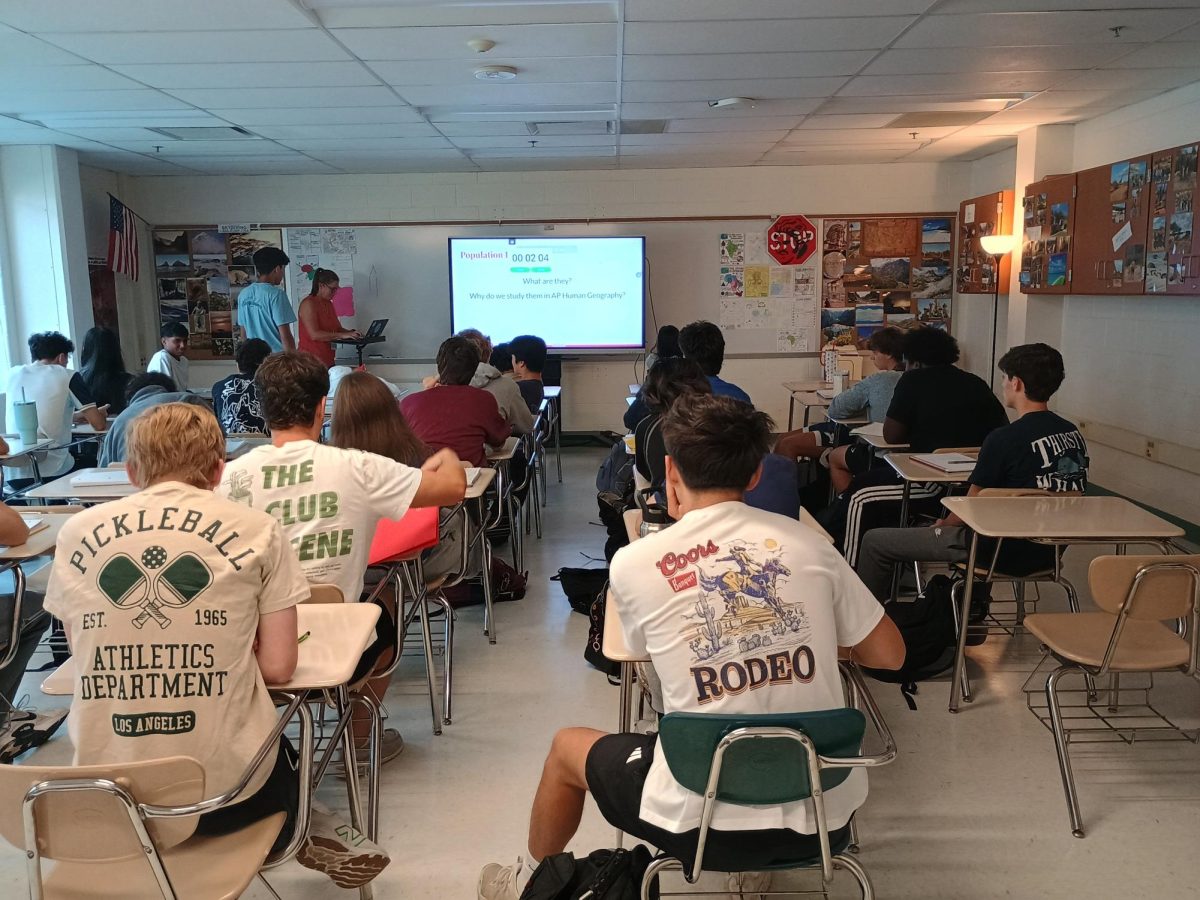Stuffed animals are an impactful part in a child’s upbringing. Stuffed animals help kids develop social and nurturing skills, whether they play alone or with others. They can also improve sleep by bringing warmth to a child. These soft toys have many positive aspects to them, improving developmental factors for children, but what about teenagers?
Emotional connection is something deeply rooted within humans, whether it’s a favorite song or comfort foods, many everyday things can affect us or hold emotional meaning. Even still, having something like a stuffed animal seems to be a phase for some, and as they get older they have little to no more stuffed animals.
Although old stuffed animals may be battered and raggedy, they still have meaning and benefits for teenagers and even adults. Those who keep their childhood toys more than likely hold on to them because of nostalgia.
It brings one a sense of familiarity to hug a stuffed animal, or even talk to it, because you know your stuffed animals will never switch up on you. One of my long-time stuffed animals, Charlie Brown, is a very big old bear. My mother had him before she gave him to me, so this is a family heirloom stuffed animal that brings comfort to past and future generations.
There are boxes filled with stuffed animals in my closet. If I were ready to let go of the stuffed animals, my mother would likely not be. My mother and I are trapped in keeping childhood memories for the sake of comfort and nostalgia.
My father is the opposite and other teenagers agree that it is good to let go of stuffed animals and toys because it’s part of “growing up” or even “childish”. In contrast, stuffed animals hold a lot of security to anyone of any age, like my mother and I.
The main idea of the benefits of stuffed animals for teenagers is the factor of comfort which is connected to one’s favorite stuffed animal no matter when they meet in life. The emotional crutch this provides can help students improve their wellbeing.
If one has had a “stuffie” or soft toy from their childhood and kept it in their teenage years, cuddling up to their comfort item can help them get to sleep easier. This warmth will ease the mind and reduce stress by having it close by. Nostalgia from these items can add to peace of mind for students.
Additionally, those with anxiety, like myself, can benefit from having a personal item to help ground them. When with the item, my stuffies always calm me down giving a hug to my big stuffed animals Charlie Brown, Jerry (the panda bear) or even Sharkie (the shark). In distress where one does not choose to reach out to a trusted living individual their stuffed animals will be there ready for an embrace.
Even though I am preaching for the benefits, I will say that one shouldn’t keep all their stuffed animals and should instead let go of the stuffed animals that hold no personal value or strong connection. However, if the stuffed animal helps one cope and doesn’t take up too much space then it should be kept.
Stuffed animals are a very beneficial part of a growing child’s life. The memories of the past interactions with these toys bring one joy. The nostalgia and the strength of comfort can improve people’s overall mental health. It is important to keep what’s needed to stay positive, with a toy or without, at least the benefits are evident.









